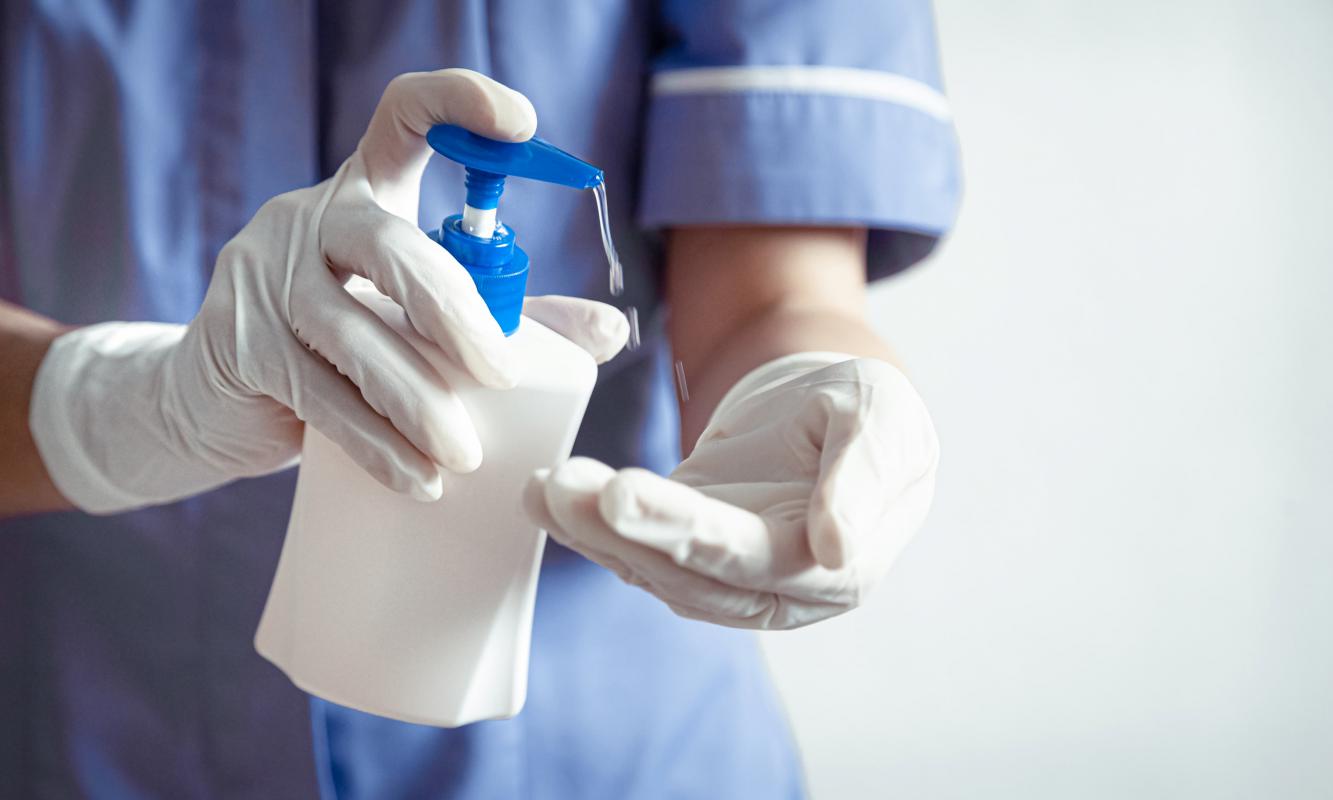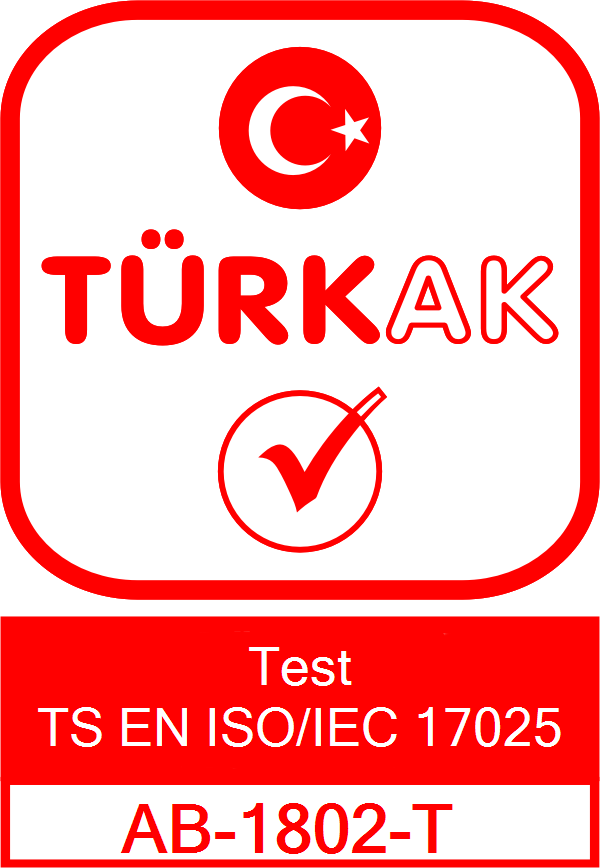
Analysis of Alcohol Derivatives in Disinfectants: Efficacy and Evaporation Balance
Analysis of Alcohol Derivatives in Disinfectants: Efficacy and Evaporation Balance
Contents
Disinfectants have become a daily necessity, especially after the pandemic. But have you ever wondered whether the disinfectant you use is truly effective? Or how the type and concentration of alcohol it contains affect its evaporation rate? Disinfectant analysis provides scientific answers to these concerns.
Role of Alcohol Derivatives in Disinfectants
Common alcohols such as ethanol, isopropanol, and n-propanol are primary active ingredients in disinfectants. Their role is to disrupt the proteins of microorganisms, effectively neutralizing them:
- Ethanol (70–85%): Strong antimicrobial effect
- Isopropyl Alcohol (60–70%): Slower evaporation, longer contact time
- N-propanol: Broad-spectrum effect but with higher irritation potential
Evaporation Rate and Disinfection Efficiency
The evaporation rate directly impacts the contact time on the surface. If the alcohol evaporates too quickly, it may not effectively eliminate pathogens. Therefore, proper formulation is essential.
How Is Efficacy Measured via Disinfectant Analysis?
Professional disinfectant analysis evaluates alcohol concentration and evaporation time as well as bactericidal, fungicidal, and virucidal effects.
Laboratory tests may include:
- Alcohol type and percentage analysis
- pH value measurement
- Density and viscosity testing
- Biocidal efficacy testing
Compliance with Regulations and Biocidal Product Testing
In Turkey and the EU, disinfectants are regulated under the Biocidal Products Regulation. Therefore, all products on the market must undergo both Physical and Chemical Analyses and Biocidal Product Testing.
Conclusion: Safe Disinfection Through Scientific Analysis
Using the right alcohol type in optimal proportions is essential for safe and effective disinfection. Partnering with a certified lab like TTS Laboratory ensures compliance and efficacy in your products.
Frequently Asked Questions
1. What is the most effective alcohol type in disinfectants?
Ethanol and isopropyl alcohol are commonly used due to their strong antimicrobial effects.
2. What is the recommended alcohol concentration?
Disinfectants typically contain 60% to 80% alcohol for optimal performance.
3. Where can disinfectant analysis be performed?
At accredited laboratories like TTS Laboratory.
Important Considerations
- Always check if the alcohol percentage is listed on the label
- Ensure the product is tested and certified by a biocidal lab
- Choose skin-friendly formulations for frequent use

